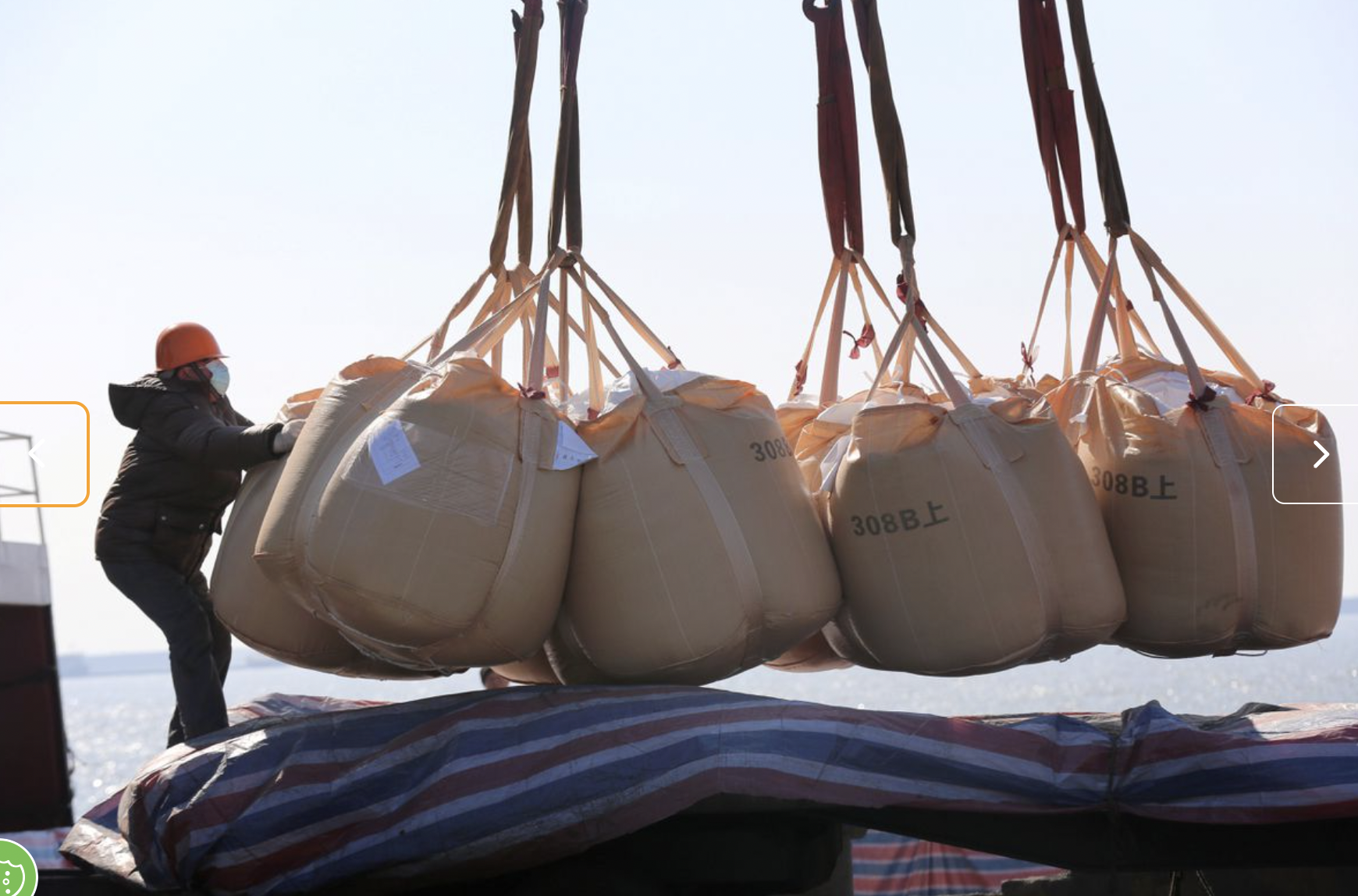After the war broke the supply chain with Russia and Ukraine, Ecuador buys agrochemicals from Chile and the United States to replace urea.
Ecuador has imported a greater amount of potassium fertilizers in the first half of 2022, according to the Ecuadorian Federation of Exporters (Fedexpor).
The country allocated $64 million for the acquisition of 84,137 tons of agrochemicals with a potassium content ranging from 58% to 63%.
This is a response to the rise in urea prices, which generally came from Russia and Ukraine, countries that are currently at war.
Potassium is an essential nutrient for crop growth and is an alternative to urea.
Compared to the January-June 2021 period, potassium fertilizer imports have increased 76% in volume and 22% in value.
Chile and the United States
The increase is due, above all, to a greater purchase of agrochemicals with potassium from Chile and the United States, according to Fedexpor.
In the first six months of 2022, Ecuador has imported 34,262 tons of agrochemicals with potassium from Chile, which means an increase of 1,042% compared to the January-June 2021 period.
During the same period, the import of fertilizers from the United States was 11,044 tons, an increase of 207%.
Replacing urea
The price of urea in the international market has reached an all-time record. Ecuador imported urea at an average of $984 per metric ton in May 2022, according to the Central Bank.
This is a price increase of 125% compared to the same month of 2021.
Urea costs more because the war in Russia and Ukraine has increased energy prices, especially natural gas, which is an important input for the production of fertilizers.
And the increase in the price of energy led China to ration its use, which forced fertilizer factories in that country to reduce their production.
Also, China and Russia, two of the world’s leading fertilizer producers, have imposed restrictions on their fertilizer exports to guarantee domestic supply.
Added to these clashes is the deepening of the logistical crisis due to the war between Russia and Ukraine, which has been going on for 187 days and whose outcome is not on the horizon.
Go to ‘nearshoring’
Because of this, Ecuador is importing a greater volume of agrochemicals with potassium from closer markets, such as Chile and the United States.
The objective of this dynamic is to reduce the increase in logistics costs, through a ‘nearshoring’ strategy, explains Fedexpor.
The countries of South America “are relocating their international production networks from distant destinations, mainly in Asia, to closer markets on the continent. This process is known as ‘nearshoring’,” explains Nanno Mulder, head of the International Trade unit of the Economic Commission for Latin America and the Caribbean (ECLAC).
According to the Inter-American Development Bank (IDB), for Latin America, ‘nearshoring’ could represent an increase of up to $78 billion in new exports of products and services.


0 Comments